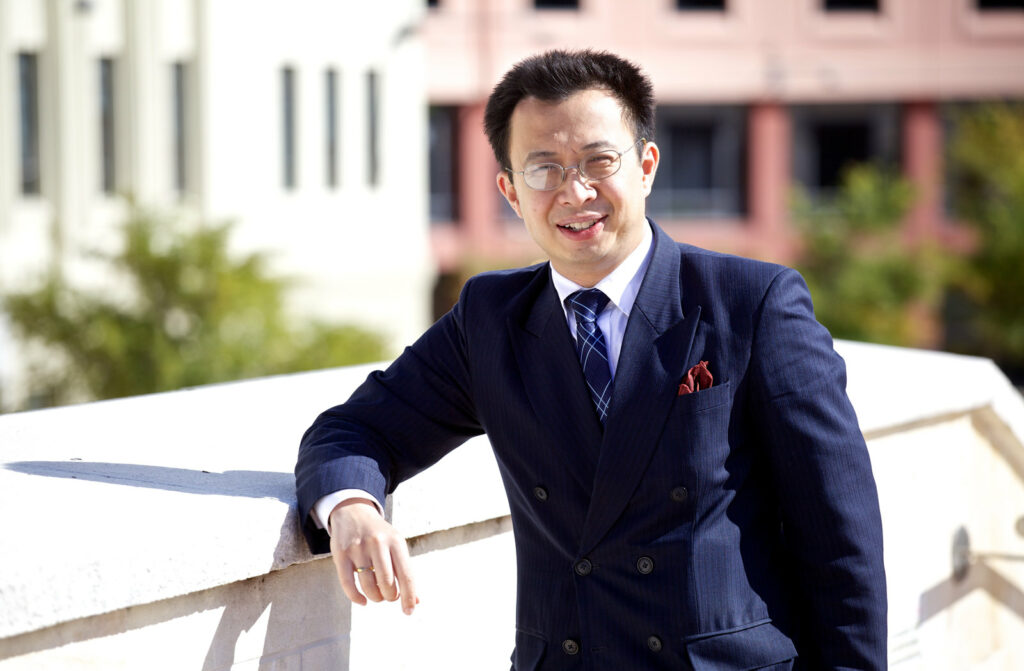One thing that marketing teaches you is that you need to have a market orientation: put yourselves in the shoes of the consumer and figure out what they want, rather than force something on them. And one thing that leadership teaches you is owning up to when you’ve got it wrong, and making the necessary […]
Tag: JY&A Consulting
Reach out if you need a business mentor

I’ve served with Business Mentors New Zealand for 17 years. It might be time to depart, after my present client. This has always been a voluntary role and bless all those who have given their time, and continue to give their time, to business people around the country. I have made two real friends over […]
Facebook fooled us into thinking we were being creative
My friend Keith has been away from Facebook for six weeks, for work reasons, and hasn’t missed it. And he asked, ‘Was it all really a waste of time?’ I know you think you know what I’m going to say, but the answer might surprise you a little. Fundamentally, it’s yes (this is […]
Read More… from Facebook fooled us into thinking we were being creative
Branding ourselves in the 2020s: a revamp for JY&A Consulting’s website, jya.co
Last night, I uploaded a revised website for JY&A Consulting (jya.co), which I wrote and coded. Amanda came up with a lot of the good ideas for it—it was important to get her feedback precisely because she isn’t in the industry, and I could then include people who might be looking to start a new […]
Read More… from Branding ourselves in the 2020s: a revamp for JY&A Consulting’s website, jya.co
Trading identities in the 2010s: when corporate branding and personal branding adopt each other’s methods
Above: Brand Kate Moss was probably seen by more people when the model collaborated with Topshop. In 1999, the late Wally Olins sent me his book, Trading Identities: Why Countries and Companies are Taking on Each Other’s Roles, a fine read published by the Foreign Policy Centre that argued that countries were trying to look […]
Finishing off 2011 with the most fun radio interview I have ever done
Photo by Xavier Collin/Snapstar Live Friday morning’s interview with Sonia Sly on Kiwi Summer was the most fun I have ever had on radio. Radio New Zealand National was the most fair and balanced medium I dealt with when running for Mayor of Wellington in 2010, and I was glad that Sonia thought of […]
Read More… from Finishing off 2011 with the most fun radio interview I have ever done
The minutiæ of 2011
As some of you know, I have been using Tumblr since 2007, and when Vox died (at least for me) in 2009, I began using Tumblr more. It was good to record brief thoughts of little consequence, but as I hunted through the archive for 2011, I realized it was quite a good way to […]
Panos Emporio: dare to be human
We weren’t responsible for the layout or photography, but our contribution here is in the tagline, ‘Dare to be human’. In my 12-year friendship with Panos Papadopoulos, the designer behind Swedish swimwear (and now clothing) label Panos Emporio, we’ve often worked on marketing tasks. The most recent one: come up with a tagline that […]